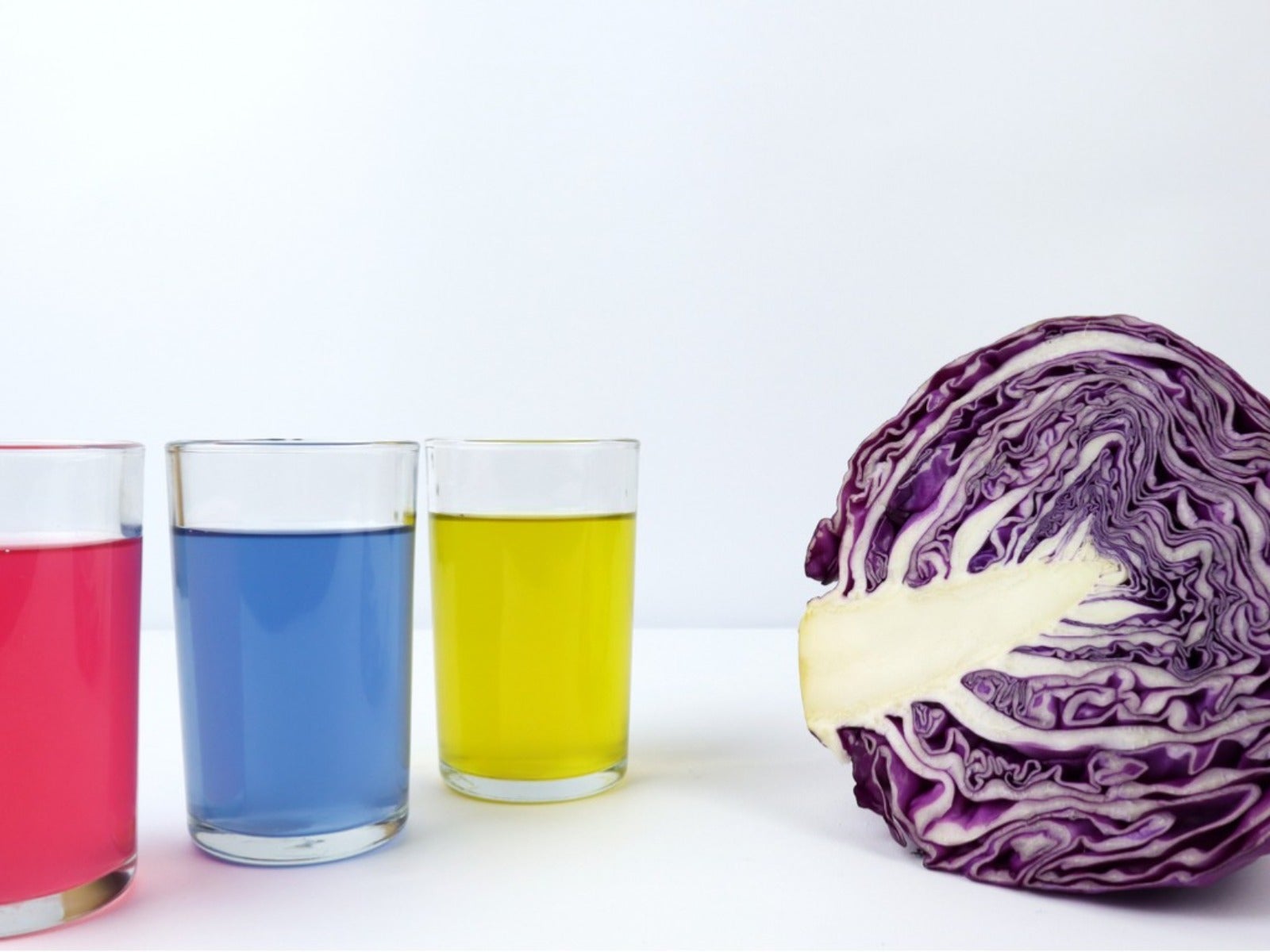
Important for any home or commercial gardener is a soil test. Soil tests can provide all sorts of information but one of the most important is the pH of the soil. You can do a soil test and send it off to a lab for analysis or, you can use a red cabbage soil pH test because yes, red cabbage is good for more than coleslaw; red cabbage juice is a wonderful pH indicator. Plus, a red cabbage pH experiment is a great way to teach the kids or grandkids about the importance of acidity or alkalinity in the garden.
What is pH?
The abbreviation pH stands for potential hydrogen. It is the measure of hydrogen ion concentration which tells whether a soil is acidic or basic/alkaline. PH is measured on a scale of 1-14, with a pH of 7.0 being neutral. Numbers below 7.0 are acidic and those above are alkaline. A red cabbage pH scale mimics this measurement exactly.
Most veggies prefer a pH between 6.0-7.0 but there are plants like azaleas, blueberries and rhododendrons that thrive in acidic soils with a pH below 7.0.
PH can be lowered with the addition of sulfur, while incorporating lime or calcium carbonate into the soil will raise the pH. Adjusting your soil’s pH can take some time so it is best to do a soil pH in the fall so the amendments can have time to do their job.
It is interesting to note that a higher pH can result in diseases such as potato scab.
Red Cabbage Juice Indicator
In order to test the pH of your soil you can make pH paper using the juice from a red cabbage. The color of this DIY pH strip will indicate whether your soil is acidic, alkaline or neutral.
Red cabbage contains a molecule called flavin (anthocyanin), a water soluble pigment found in apple peels, cornflowers, grapes, plums and poppies. Acidic solutions turn the anthocyanin a reddish hue, neutral purplish in color, and when alkaline, a greenish/yellow. Cabbage juice will be purple, which means it is neutral, or around a 7.0 on the pH scale.
Sign up for the Gardening Know How newsletter today and receive a free copy of our e-book "How to Grow Delicious Tomatoes".
Red Cabbage pH Experiment
The easiest way to test the pH of your soil using red cabbage is:
- Add one cup of cut up red cabbage to 2 cups of distilled water in a saucepan.
- Simmer the mixture for five minutes and then remove from heat.
- Allow to sit for up to 30 minutes.
- Strain the liquid from the solids, retaining the liquid which should be purple/blue in color.
- This means it has a neutral pH of 7.0.
To test your soil, add a couple of teaspoons (9.8 ml.) of garden soil to a jar with a few inches (8.8 cm.) of the cooled cabbage water. Stir and then wait for 30 minutes.
After 30 minutes have elapsed, check the color in the jar. If the color is pink, the soil is acidic; if it is more on the green spectrum, your soil is alkaline.
The correct soil pH fosters root development. It reduces the likelihood of physiological disorders like blossom end rot and retards certain plant diseases.

Amy Grant has been gardening for 30 years and writing for 15. A professional chef and caterer, Amy's area of expertise is culinary gardening.
